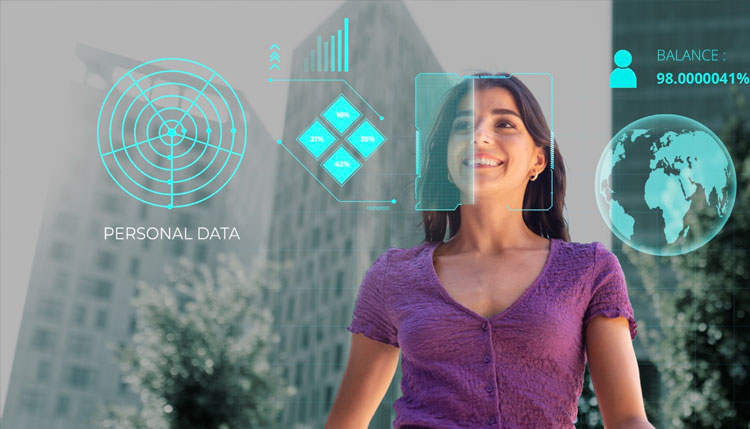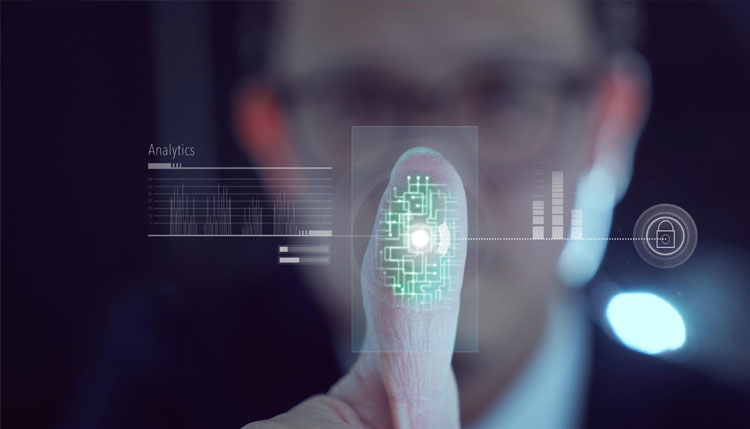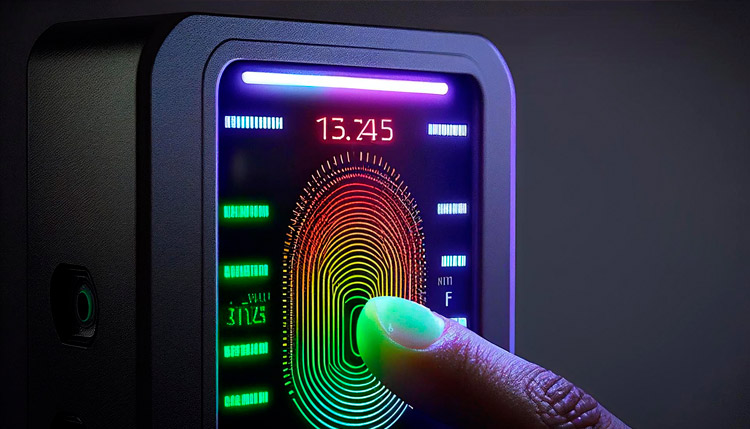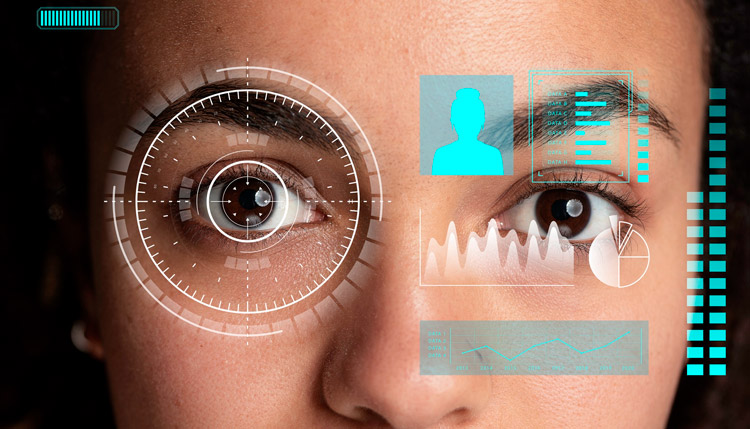
Understanding Contactless Identification Technologies
Contactless identification technologies are becoming more common as a method of authentication.
This article provides an overview of the most common contactless identification technologies, including Near Field Communication (NFC), Radio Frequency Identification (RFID), and biometrics.
Contactless identification technologies offer a convenient way to authenticate transactions without having to enter a password or pin number.
What are contactless identification technologies and how do they work?
There are a variety of technologies that can be used for contactless identification, including RFID, NFC, and biometrics. Each of these technologies has its own advantages and disadvantages, but they all share the common goal of allowing individuals to be identified with accuracy.
RFID tags are perhaps the most well-known type of contactless identification technology. These tags typically use low-frequency radio waves to communicate with a reader device.
The reader can then use this information to identify the tag, and by extension, the individual to whom the tag is attached. RFID tags are commonly used in access control applications, such as for building entry or for event security.
NFC is another popular contactless identification technology. NFC stands for near-field communication, and it allows two devices to exchange data wirelessly when they are in close proximity to each other.
NFC is similar to RFID in that it can be used for identification purposes, but it also has the added benefit of being able to initiate transactions. For example, many modern smartphones are equipped with NFC chips that allow them to be used for contactless payment methods such as Apple Pay or Google Pay.
Biometrics are a relatively new type of contactless identification technology that is growing in popularity. This technology uses unique physical characteristics, such as fingerprints or iris patterns, to identify individuals.
Biometric identifiers are typically much more difficult to forge than traditional ID cards or passwords, making them an attractive option for security-sensitive applications. However, biometric systems can be expensive to implement and maintain, and they may not be suitable for all environments.
How have contactless identification technologies been used in the past and what benefits have they brought to users?
Contactless identification technologies, such as RFID and NFC, have been used for a variety of applications in the past, including asset tracking, inventory management, and access control.
- These technologies have several advantages over traditional identification methods, such as barcodes or magnetic stripe cards.
- For instance, they are more durable and resistant to environmental damage, making them ideal for use in harsh or outdoor conditions.
- Additionally, contactless ID tags can store more information than barcodes, and they can be read at a distance without the need for line of sight, making them well-suited for tracking moving objects.
- Finally, contactless ID systems are often faster and more convenient to use than traditional identification methods, improving user satisfaction and productivity.
What are the current applications of contactless identification technologies and how are they being used to improve people’s lives?
Contactless identification technologies are becoming increasingly commonplace, thanks to their many potential applications.
- For example, they can be used for security purposes, such as verifying a person’s identity or authorizing access to a building.
- They can also be used for payment transactions, eliminating the need for cash or cards.
- In addition, contactless identification technologies can be used to track inventory or manage assets. As these technologies continue to evolve, they are likely to have an even greater impact on our lives.
Contactless identification technologies have the potential to make many everyday tasks easier and more efficient. Ultimately, they can help us to live smarter and more connected lives.
Contactless identification technologies are revolutionizing how we identify and track people. This technology is becoming more popular every day as it offers a number of benefits over traditional methods such as barcodes or RFID tags. If you’re looking for a way to improve your business processes, contactless identification may be the answer.
For information on contactless identification, please write to us at info@trueid.in











